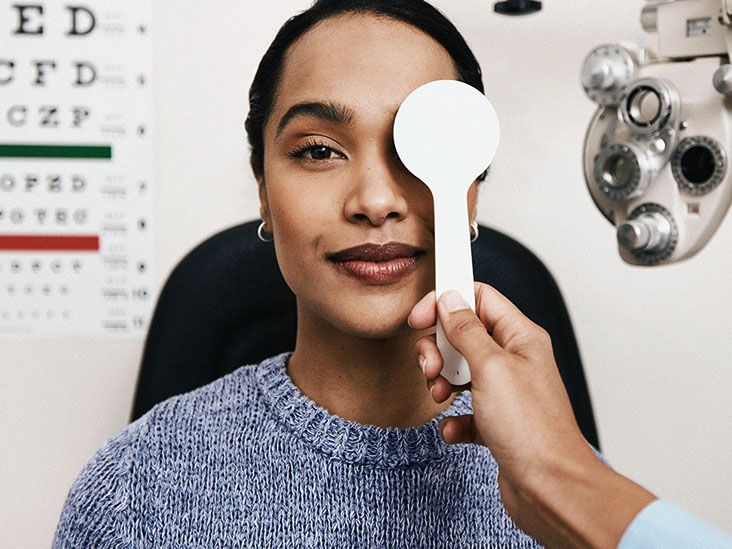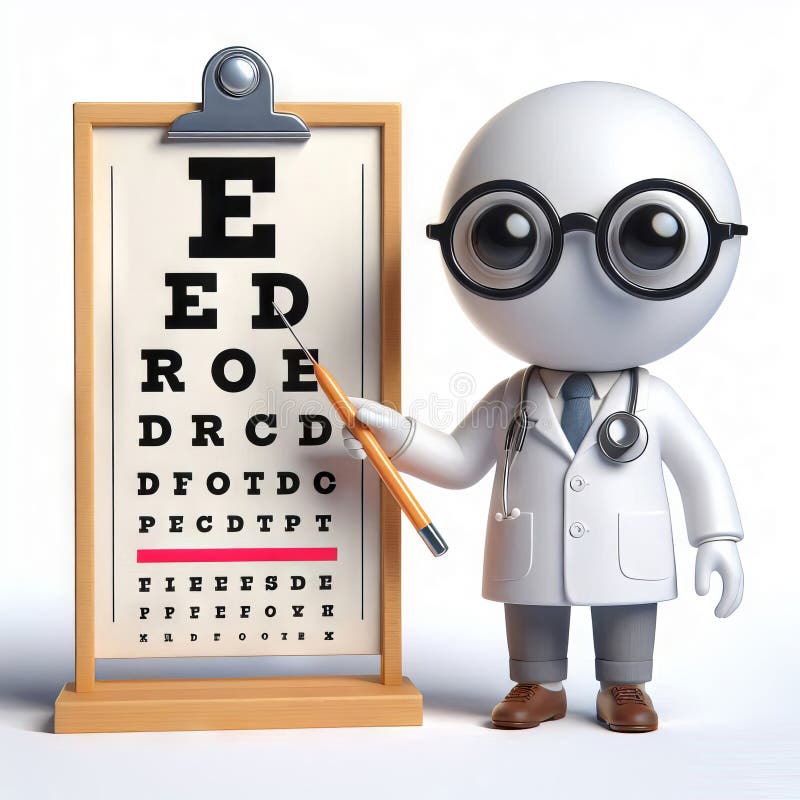Discover the most effective Optometrist Riverside for Comprehensive Eye Treatment
Discover the most effective Optometrist Riverside for Comprehensive Eye Treatment
Blog Article
The Comprehensive Eye Exam: What to Anticipate During Your Visit to the Eye Doctor
A see to the eye doctor for a comprehensive eye test is more than a regular examination; it is a vital step in safeguarding your aesthetic wellness. What precisely happens throughout the eye health assessment, and just how does it affect the prescription procedure?
First Consultation
The first appointment during an eye examination functions as an essential structure for recognizing an individual's aesthetic wellness requirements. This stage establishes the tone for the whole evaluation procedure, permitting the optometrist to collect essential info regarding the individual's case history, way of living, and particular vision problems. By carefully assessing any type of pre-existing problems, drugs, or previous surgical procedures, the eye care expert can tailor the assessment to resolve individual demands properly.

Moreover, the first consultation is a chance for individuals to voice any kind of questions or worries, fostering a collective connection with their healthcare service provider. This interaction not only makes sure that the client feels informed and comfy however also encourages them to get involved proactively in their eye health and wellness management. Collectively, these discussions allow the optometrist to design a tailored assessment plan, guaranteeing optimal care and specific diagnosis.
Visual Skill Test
Beginning the core parts of an eye evaluation, the visual acuity examination is developed to assess the intensity and clarity of a client's vision. This vital assessment helps establish exactly how well a person can discern letters or symbols at a standard distance, commonly using a Snellen chart (Eye Doctor). The chart consists of rows of letters that lower in dimension from leading to bottom, with the person placed at a traditional range of 20 feet
Throughout the test, the person is asked to cover one eye and review out loud the smallest line of letters they can see clearly. This procedure is repeated for the various other eye. The results are recorded as a fraction, with 20/20 vision indicating normal aesthetic acuity-- where the patient can see at 20 feet what a person with regular vision can see at that range.
The aesthetic acuity examination likewise recognizes possible refractive mistakes such as hyperopia, myopia, or astigmatism, which might necessitate restorative lenses. By developing a baseline of aesthetic performance, the test is an indispensable diagnostic device that aids the eye care professional in creating a suitable treatment strategy tailored to the person's distinct aesthetic needs.
Eye Health Assessment
Following the visual acuity test, a detailed eye health assessment is conducted to guarantee the total well-being of the eyes. This crucial segment of the eye examination includes a detailed analysis of both the exterior and interior structures of the eye.
Via the usage of ophthalmoscopy or fundus photography, the retina, optic nerve, and blood vessels are meticulously examined. In lots of situations, student extension is executed to improve visibility of the interior eye frameworks, although this might result in short-lived light level of sensitivity for the client.
Furthermore, intraocular stress is measured to screen for glaucoma danger. This is typically done utilizing tonometry, which can identify raised stress degrees that may recommend prospective damage to the optic nerve. Jointly, these assessments develop an extensive evaluation to maintain ocular wellness.
Refraction and Prescription
How does one make sure optimum vision? An important action hinges on the procedure of refraction and obtaining a precise Homepage prescription. Refraction is an advanced procedure carried out by eye treatment professionals to determine the accurate lens power required to correct refractive mistakes such as nearsightedness, hyperopia, astigmatism, and presbyopia. The goal of this procedure is to evaluate exactly how light bends as it travels through the eye, allowing the professional to establish whether restorative lenses are essential for improved visual skill.
Throughout the refraction procedure, the person is asked to look through a phoropter, a tool that contains numerous lenses. The practitioner will methodically change these lenses and ask the patient to compare clarity in between options up until the ideal possible vision is accomplished. This treatment is critical in crafting a precise prescription that specifies the ideal lens power for spectacles or call lenses.
The prescription acquired from this treatment not just optimizes vision however also functions as a structure for choosing ideal restorative eyewear. It is necessary to make certain that prescriptions are consistently updated, as adjustments in vision can take place gradually, stressing the value of regular eye evaluations. This meticulous pop over to this web-site attention to information helps keep clear, comfy vision in every day life.
Follow-Up Suggestions

During a follow-up visit, the eye doctor will certainly conduct a series of tests to assess aesthetic skill and check for any type of modifications in vision that might require an upgrade to the prescription. Furthermore, the follow-up supplies a chance to talk about any pain or issues experienced with present eyeglasses. Adjustments can be made to make certain comfort and efficiency, whether through lens adjustment or frame changes.
For clients with recurring problems such as glaucoma, diabetes-related eye concerns, or macular degeneration, more regular follow-ups may be necessary. These visits are crucial for handling and possibly slowing the development of eye condition. Adhering to these referrals can substantially add to maintaining visual health and stopping long-lasting complications.
Final Thought
The thorough eye test is an essential procedure for preserving aesthetic health, encompassing a detailed evaluation of medical history and vision issues. Key parts include the aesthetic skill test, which examines eyesight clarity, and the eye health and wellness evaluation, which checks out the overall condition of the eyes.
A Eye Doctor visit to the eye medical professional for a detailed eye test is even more than a regular exam; it is a critical action in guarding your aesthetic wellness.Kicking off the core elements of an eye evaluation, the visual acuity examination is created to examine the sharpness and clarity of a patient's vision.Adhering to the aesthetic acuity test, a thorough eye wellness evaluation is carried out to guarantee the overall health of the eyes. These brows through enable the eye care specialist to check modifications in vision, update prescriptions, and assess the total health and wellness of the eyes. Key components consist of the visual skill examination, which assesses sight clearness, and the eye health analysis, which analyzes the overall problem of the eyes.
Report this page